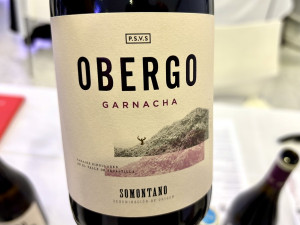Wines
Categories
- Rioja (6)
- Vino de España (6)
- Ribeira Sacra (3)
- Ribera del Duero (3)
- Castilla y León (3)
- Cava (3)
- Bierzo (2)
- Lanzarote (2)
- Valencia (2)
- Manchuela (2)
- Priorat (2)
- Rías Baixas (1)
- Cangas (1)
- Rueda (1)
- Sierras de Málaga (1)
- Castilla-La Mancha (1)
- Somontano (1)
- Terra Alta (1)
- Corpinnat (1)
- Txakoli (1)
- Jumilla (1)
- Valdeorras (1)
- Valle de la Orotava (1)
- Menorca (1)
- Monterrei (1)
- Montsant (1)
- Penedès (1)
Most popular
NEWSLETTER
Join our community of Spanish wine lovers












